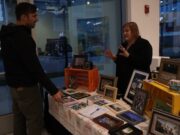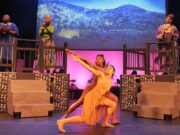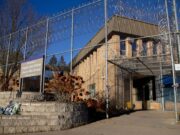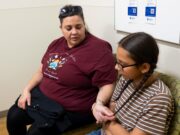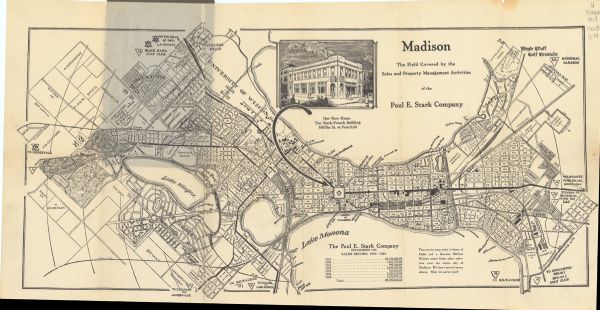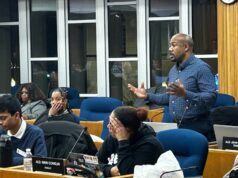An Open House on the Historic Preservation Plan will be held on Wednesday, Feb. 27, at the recently renovated Madison Municipal Building and the City of Madison is hoping to hear from diverse voices throughout Madison and to hear some of the stories that are not as well known of the city’s history.
The City of Madison, along with the Historic Preservation Plan Advisory Committee, and the consultant team (Legacy Architecture and Ce Planning Studio LLC), started to work on the first-ever Historic Preservation Plan for Madison just over a year ago. During this process and based on public input, the Advisory Committee has identified the community’s values, planning goals, objectives and strategies around historic preservation to strengthen Madison’s significant places.
“We need to recognize our past to better shape our future,” said Amy Scanlon, Preservation Architect for the City of Madison. “We need more people to join us to discuss the final details of the plan to define priorities and potential partnerships to make the Plan’s goals and objectives a reality.”
This project has brought some people together with the idea of recognizing and valuing places and stories that are important to Madison.
“The one land structure that made Madison unique was the isthmus,” Oscar Mireles, Poet Laureate and Advisory Committee member, highlights in one of his poems. “The strip of land between the various twin and cousin lakes Monona and Mendota, Wingra and Kegonsa.”
And yes, it is in places like the isthmus that many historical scenes have been witnessed, but some haven’t been told.
“The first black neighborhood was not in the South of Madison, it was actually close to the downtown in the isthmus,” Muriel Simms, a lifelong Madison resident, educator, and Advisory Committee member, stated. “Most people do not know that the area bounded by Mifflin and Dayton, Blair and Blount St. was the first black neighborhood. It is important that we recognize the places that shaped what it is Madison today and that includes places for people of color.”

As a child, Simms clearly remembers going to Saint Paul AME Church, an African American Methodist Episcopal church located at 631 E. Dayton St.
“Only Black people would go to this church. It was the center of our Black community,” she says. “There were eight Black families living in the neighborhood. Many of those families and Black families living in other areas of Madison also went to the church.”
Unfortunately, the majority of the houses and the church in this early neighborhood were demolished in the 1980s to build what is there now.
The church community is important to many people.
“Religious spaces are locations for community formation and social movement building,” said Sergio Gonzalez, assistant professor at Marquette University and recent Ph.D. graduate from the University of Wisconsin-Madison.
This is not only the case for the African-American community but for Latinos as well. “Churches have, throughout the entirety of the 20th and 21st centuries, served as vital locations were Latinos have practiced their faith, found resources, developed community organizations, and created movements for social change. In Madison’s Catholic community, we see that today in churches like Holy Redeemer, St. Joseph, and St. Peter, which offer Spanish-language Masses and opportunities for families to get involved in broader faith commitments,” Sergio said. “In many cases, some communities transform their environment by practicing traditions that are aligned to their culture and folklore.”
The Historic Preservation Plan Advisory Committee will receive more community input from the Open House to finalize the content of the Plan.
“It is very important that we see different faces at this Open House so we hear from a wider variety of people. We are planning to have the final draft plan by early summer 2019,” said Bill Fruhling, Principal Planner.
The Open House will take place on February 27th, 5-7 p.m. in Room 215 of the Madison Municipal Building, 215 Martin Luther King Jr. Blvd. For more information, visit the project website.





